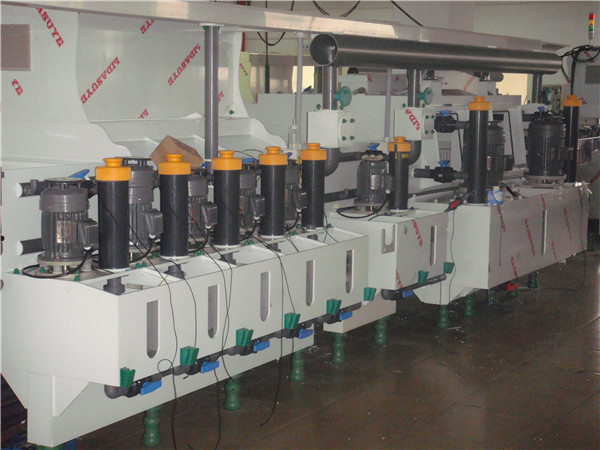Jul . 29, 2024 03:21 Back to list
Durable HDPE Sprinkler Pipe Fittings for Efficient Irrigation and Water Management Solutions
HDPE Sprinkler Pipe Fittings A Comprehensive Overview
High-Density Polyethylene (HDPE) is an increasingly popular material used in the production of sprinkler pipe fittings due to its superior durability, flexibility, and resistance to environmental factors. These characteristics make HDPE an ideal choice for irrigation systems, which require reliable and long-lasting components to deliver water effectively to agricultural lands, gardens, and sports fields.
The Advantages of HDPE
One of the primary benefits of HDPE is its exceptional resistance to corrosion and chemical damage. Unlike traditional metal fittings that can rust and degrade over time, HDPE remains unaffected by soil corrosives and certain chemicals. This durability ensures that irrigation systems have a longer lifespan, reducing the need for frequent replacements and maintenance.
Moreover, HDPE is lightweight yet strong, making it easier to handle during installation. The fitting installation process is often simplified, as HDPE can be easily cut and assembled. This factor not only saves time but also minimizes labor costs associated with installation.
Another significant advantage of HDPE sprinkler pipe fittings is their flexibility. HDPE can withstand significant bending, which allows for easy adjustments to the irrigation layout without compromising the integrity of the system. This flexibility is essential in uneven landscapes, where traditional materials might fail to conform to the terrain.
Types of HDPE Fittings
HDPE sprinkler pipe fittings come in various designs and sizes, catering to a wide range of agricultural and landscaping applications. Common types include elbows, tees, couplings, reducers, and end caps. Each fitting serves a specific purpose, allowing for easy customization of the irrigation system based on the particular needs of the site.
hdpe sprinkler pipe fittings

Elbows and tees are essential for changing direction and branching off from the main line, while couplings are used to connect two sections of pipe. Reducers are helpful when a system requires different pipe diameters, and end caps provide a suitable closure for unused pipe ends.
Installation Process
The installation of HDPE sprinkler pipe fittings typically involves using a heat fusion process, which reliably welds the fittings to the pipe. This method creates a strong, leak-free joint that enhances the overall efficiency of the irrigation system. Before installation, proper planning regarding the layout and water requirements is crucial. Once a plan is in place, the necessary fittings can be selected and installed according to the design specifications.
Environmental Benefits
Utilizing HDPE for sprinkler pipe fittings is also beneficial for the environment. HDPE is recyclable, aligning with modern sustainability practices. When irrigation systems reach the end of their life cycle, the materials can be recycled and used to manufacture new products, minimizing waste and conserving resources.
Furthermore, the efficiency of HDPE sprinkler systems leads to water conservation. Effective irrigation systems reduce water runoff and improve water absorption in the soil, promoting healthier plant growth while conserving this vital resource.
Conclusion
In conclusion, HDPE sprinkler pipe fittings offer a plethora of advantages over traditional materials, including durability, flexibility, ease of installation, and positive environmental impact. As agricultural demands continue to evolve, the use of HDPE fittings in irrigation systems is expected to grow. Their reliability and efficiency make them a smart choice for anyone looking to enhance their irrigation setups while being mindful of sustainability practices. With the right features and proper installation, HDPE fittings can significantly contribute to the effectiveness and longevity of irrigation systems in various applications.
-
Durable Glossy PVC Rigid Sheet | Premium High-Shine Panels
NewsAug.26,2025
-
Durable PP Rigid Sheet: Lightweight, Chemical Resistant Solutions
NewsAug.21,2025
-
PVC Grey Sheet for Extraction: Chemical Resistant & Durable
NewsAug.19,2025
-
Durable PVC Pipe Fittings for Plumbing & Irrigation Needs
NewsAug.18,2025
-
HDPE Steel Belt Reinforced Spiral Corrugated Pipe | High Strength
NewsAug.17,2025
-
HDPE Pipe Fittings: Durable, Leak-Proof Solutions
NewsAug.16,2025

